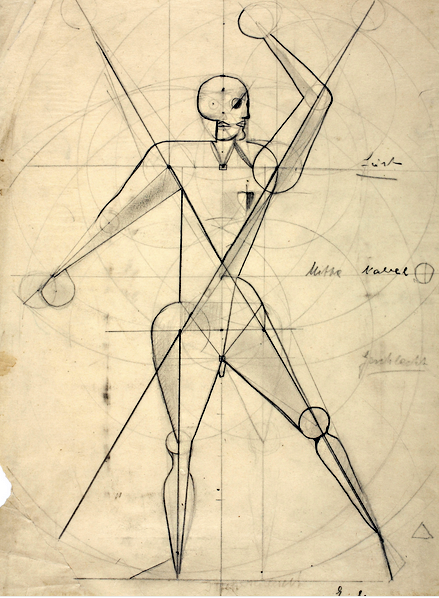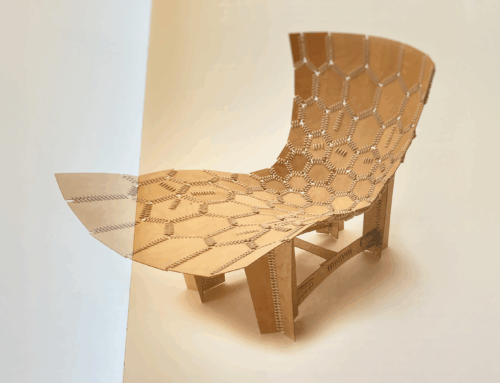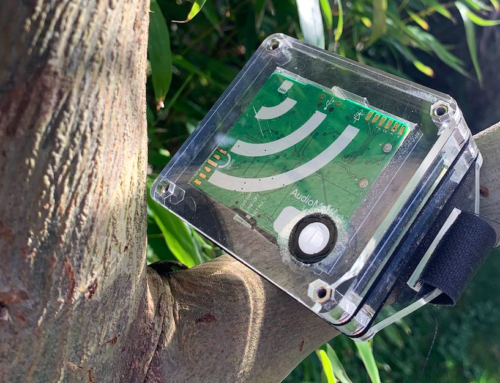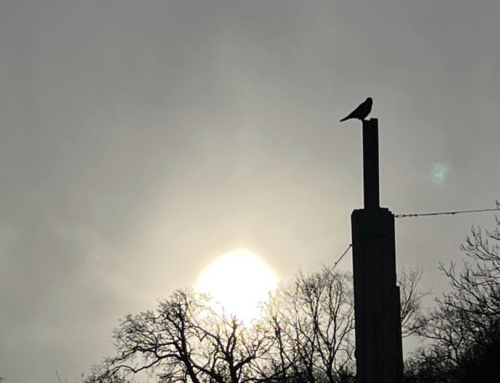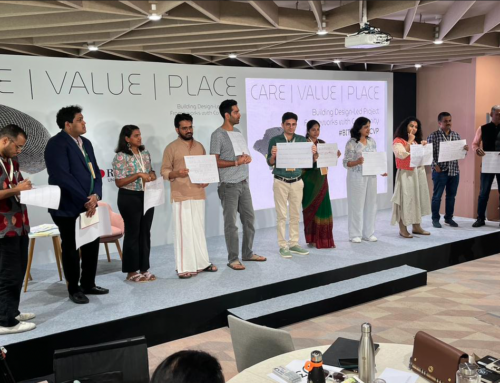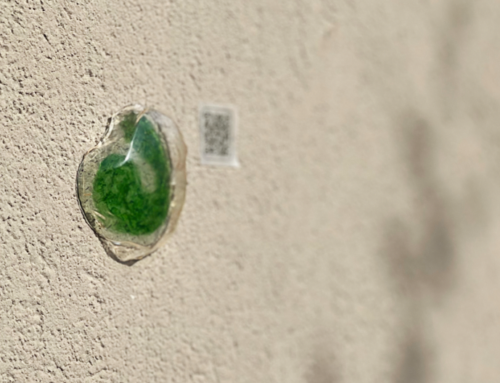The Man portrayed in these images is a lonely one.
To mark its centenary this year, the Bauhaus has published Design Rehearsals: Conversations About Bauhaus Lessons. Contributors to the book were shown some of the images created at that time and asked, “What do you see?” My contribution is a response to images from Oskar Schlemmer’s class on ‘The Human’.
A preoccupation with the human being as an autonomous subject must have felt liberating at the time – but today these images remind us of what we have lost: a sense of connection to each other, and with the living world.
Situated and embodied experiences that once gave us meaning – a sense of interdependency with living systems – are replaced in these images by abstraction and ecological indifference.
The sadness triggered by these images can be productive: they contain the seeds of a Vorkurs, or Foundation Course, to replace what has been lost.
This course would foster ecological literacy, and a whole-systems understanding of the world.
It would reunite two worlds that have been sundered: wisdom traditions from other places and times, and the latest insights of systems thinking and complexity science.
The course would expose students to complex interactions between life-forms, rocks, atmosphere, and water. It would help them discover that the entire Earth is animated by interactions among systems at different geographical and temporal scales.
The experience of mapping biotic communities would teach them that everything is connected – from sub-microscopic viruses, to the vast subsoil networks that support trees.
Art, in the new course, would ensure that students connect with living systems emotionally, and not just rationally.
By making students curious about “what we’re inside of”, in the words of Nora Bateson, art would teach students to explore complex interdependencies with joy – even when they remain perplexed.
By making them aware of the power of small actions to transform the bigger picture, art would also foster activity – not just awareness, or introspection.
Many core elements of such a course already exist. Pockets of vitality can be found wherever students are attentive to the relationships between living organisms and their environment.
Ilya Prigogene described such experiments as ‘small islands of coherence’ in an otherwise chaotic world. http://thackara.com/notopic/industrial-production-is-not-the-purpose-of-life/
Caring for life – and its interdependence with the nonhuman world – is a new source of value on these islands.
And because ecological practice involves new ways of thinking about connection, patterns and context, the new course would bring designers quite naturally in contact with adjacent disciplines such as climatology, hydrology, geography, psychology, history, and many more.
